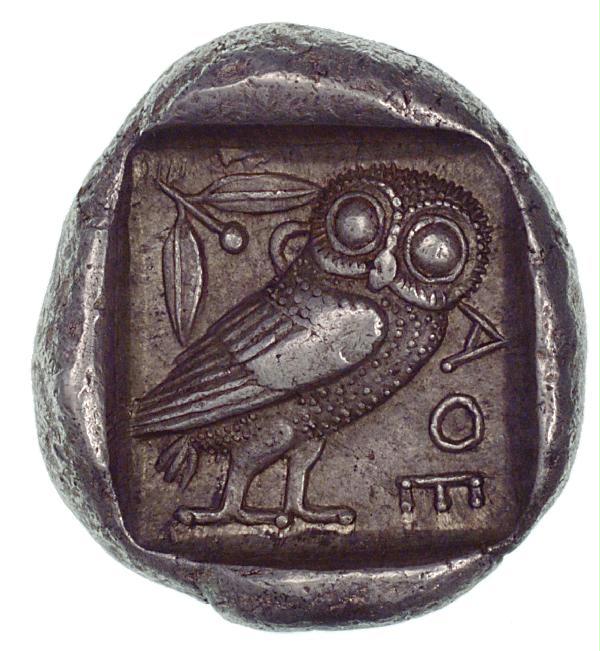The biggest problem in designing the pedestal was to minimize vertical and horizontal vibrations. The requirements eventually set forth by Huntsville allowed only the slightest sag under very heavy loads, yet the designers were limited in the weight they could use to achieve the desired stiffness. Since the Saturn V was a near-capacity load for the crawler, the pedestal could weigh little more than the stage it replaced. KSC engineers set that figure at 225 metric tons. The effects of the Saturn's exhaust had to be considered. Although flame temperatures would approach 2700 K, it was uncertain how much of this would impinge on the pedestal. Wind loads were still another factor. During operations at the pad, the service structure would deflect much of the wind and an arm connected to the top of the rocket would damp vibrations. Neither protection, however, would be available in the final hours of the countdown. Wind-tunnel tests established a maximum permissible wind speed of 32 knots for launch. Designers considered connecting the pedestal to the launcher tower for added strength until studies showed that the pedestal would actually be stiffer than the tower.
-- Interviews with George Walter, 9 Nov. 1976, with Walter and William Tolson 12 Jan. 1977
Monday, December 9, 2019
Saturn IB Launch Pedestal
Subscribe to:
Post Comments (Atom)

.jpg/682px-Launch_of_Apollo-Soyuz_Test_Project_Saturn_IB_rocket_(75PC-0388).jpg)



























No comments:
Post a Comment